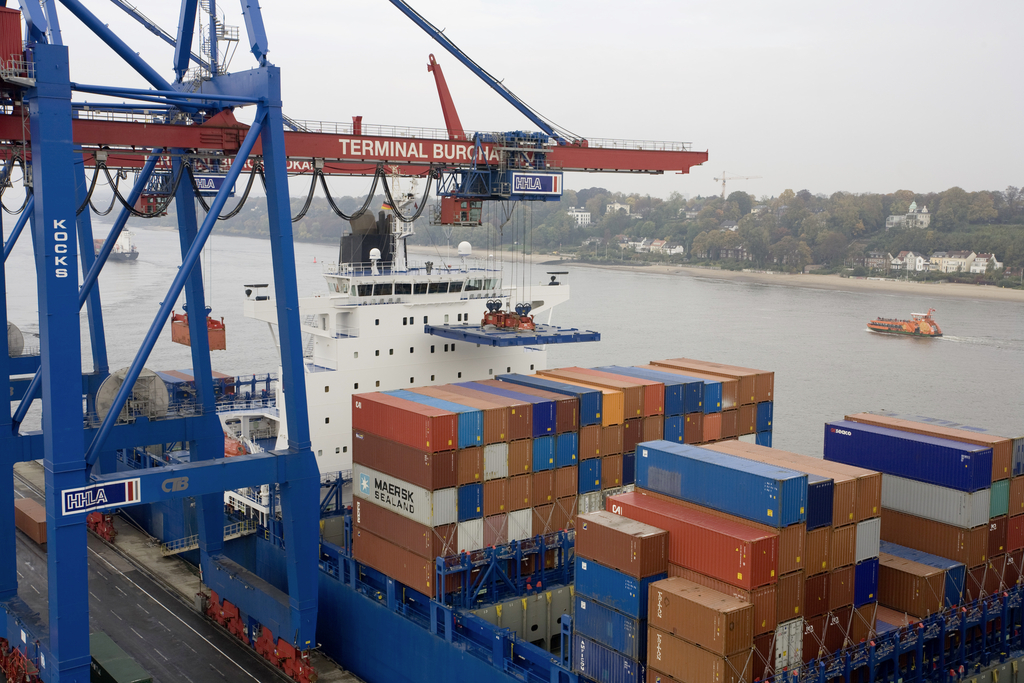The practice of transporting goods in containers of uniform size and shape has revolutionized international trade. The process of loading and unloading ships which used to take ten days can now be handled in 24 to 48 hours, reducing not only time but export costs as well.
The picture changed radically in the 1950s with the phenomenon of “containerization”, which simplified operations and decongested previously crowded ports. One of the main differences is the loading method since containers must be packed at the place of production. Although it is necessary to prepare the site it does not require hiring out this task that can be carried out by the employees themselves.
Also, due to its shape, the container prevents the manipulation of cargo at any given moment by third-party workers, whereas before the transfer of merchandise had to be supervised.
Containerization also presents a big challenge for exporters. Captain James McNamara, former President of the National Cargo Bureau, explains that “the key person is the shipper, and/or the person responsible for loading the container.” Before it was the stevedores, today the exporters themselves that have to know how to care for the goods throughout shipment.
Below we offer some tips for choosing the best container depending on what needs to be shipped and the different planning stages to keep in mind.
Types of containers
- General purpose: the most common and familiar. They are totally enclosed and open on one end for access. They can carry liquid or solid materials.
- Refrigerated: designed to carry products that require cold chains.
- Dry-cargo: for transporting granular and powder substances.
- Open: They open laterally or above to store heavy or rare-size pieces.
- Liquid cargo: ideal for carrying bulk liquid products (wine, oils, detergents, etc.).
- Garment on hanger: for carrying apparel on hangers.
Loading stages
- Empty container verification: carefully examining the physical condition of the container is recommended, paying special attention to factors such as repairs, water resistance and cleanliness. Check to see if there are holes or labels from previous cargo that may generate confusion.
- Loading process: here the key of the matter is to organize early so that the weight can be distributed evenly along the entire length and width of the container floor and it is important not to leave empty gaps since certain goods may shift during transportation and cause damage to others. Planning is particularly important when transporting goods of different characteristics. It is recommended not to load dry goods with damp products or to mix powdered goods with products that are sensitive to dust and to not place heavy bulk over lighter loads.
- Full container verification: it is necessary to place the list of packed elements in a visible place and to check that all labels have been attached, including risk labels if required.



Follow Us